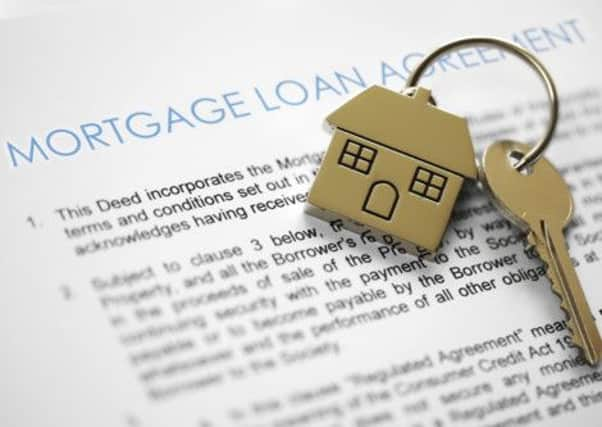Prices on the rise as gap widens


However, the ONS report was also quick to highlight the growing disparity in house prices from region to region.
In particular, the gulf between house prices in the north and south has continued to worsen.
Advertisement
Hide AdAdvertisement
Hide AdIn England the average price was listed at £251,000, £162,000 was listed in Wales and £130,000 in Northern Ireland and £181,000 in Scotland.
Within England, London saw the highest average house price at £425,000 - an 8% rise on last year - while the North-East saw the lowest average of £145,000.
The gulf is now so extreme that once you remove London and the South East from the equation, the average “UK mix-adjusted house price” was £190,000, according to the ONS figures. Once this figure has been adjusted, the rise is only 1.0%.
Peter Rollings, CEO of Marsh & Parsons, said of the ONS data: “Government initiatives such as Funding for Lending and Help to Buy are fuelling the fire and creating strong demand both from home and abroad.
Advertisement
Hide AdAdvertisement
Hide Ad“Now buyers also have the added security of interest rates being kept at a record low, making mortgages more affordable, which will surely lead to greater demand and activity in both the resale and first-time buyer market.
“But with prices rising so rapidly, Mark Carney’s predictions about interest rates remaining at their present level for at least three years may need to be reconsidered.”
Doug Shephard, Director at Home.co.uk said: “This new set of property metrics illustrates the fragmented nature of the recovery of the property market.”
“Overall, the picture looks positive but regional economic weakness, low affordability and poor confidence are impacting negatively on half the UK.
“Put simply, there are more buyers in the South who are willing and able to commit to a transaction, creating stronger demand for a diminished volume of property stock.”